The Matsu I tested was sized to fit my disproportionally large chest and feet; the loose fit elsewhere was scarcely noticeable once the excess air was “burped” out through a gasket.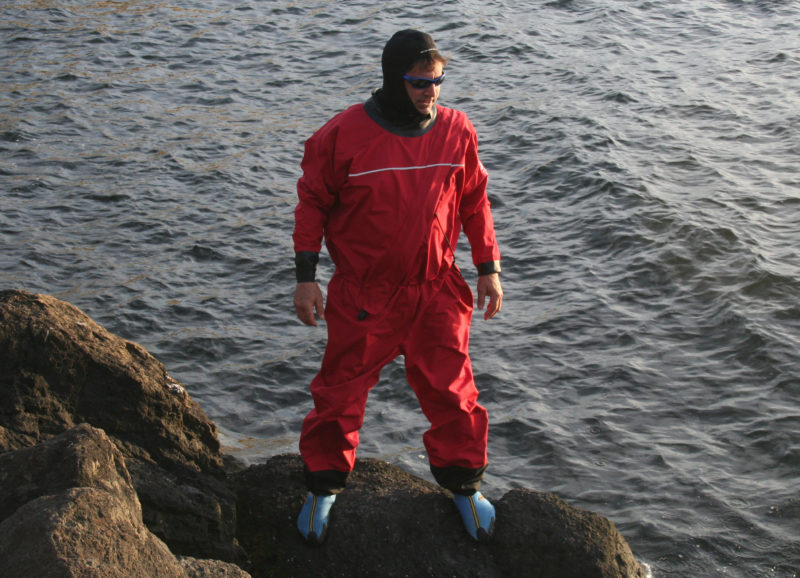 all photographs by Nate Cunningham
all photographs by Nate Cunningham
Join The Conversation
We welcome your comments about this article. To include a photo with your remarks, click Choose File below the Comment box.
Comments (2)
Comments are closed.

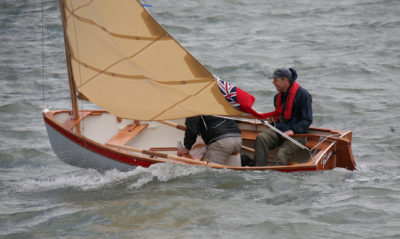
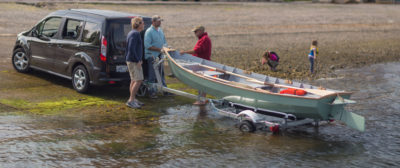
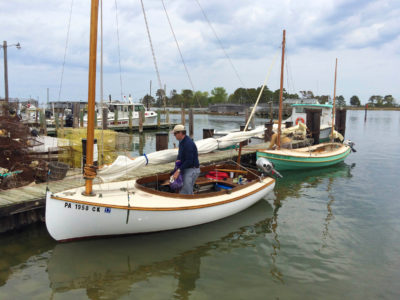
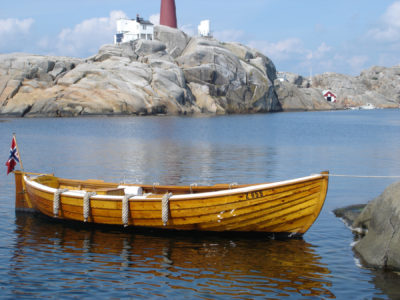
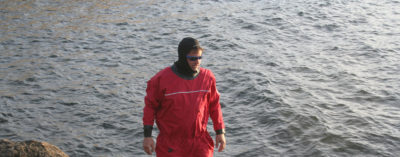


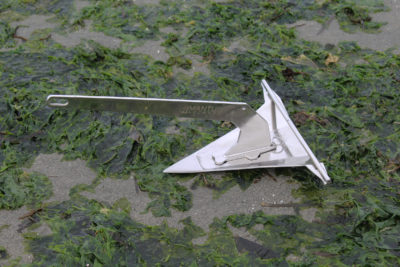
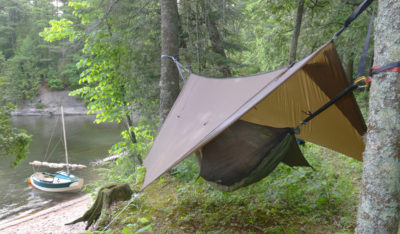
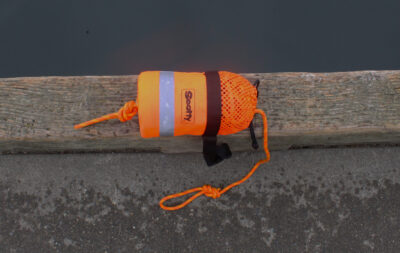

I went onto Mystic’s website and it doesn’t appear that these suits come with a hood, I didn’t even see one as an option or an accessory. A lot of heat is lost just through the head, and I notice you’re wearing what looks like a neoprene hood with this suit, what can you tell me about that? (Perhaps you should have remembered the matching neoprene gloves too 🙂 )
The neoprene hood is a separate piece and not a part of the drysuit. Some drysuit manufacturers make expedition drysuits equipped with hoods but the hoods are loose-fitting and a neck gasket is still in place to keep water out of the suit. Traditional Arctic kayaking jackets known as tuiliqs and survival suits will seal around the face but they’re not as effective in keeping water out, particularly at the wearer’s temples where the head’s contours make it difficult to create a tight seal. The neoprene hood I was wearing is a SCUBA-diving hood that I bought for kayaking in winter storms and for rolling practice. While it doesn’t keep my head dry, it does keep me warm and protects me from the ill effects of cold water getting into my ears.
A drysuit, a neoprene hood and, yes, neoprene gloves all have an important role to play in providing protection from cold water.